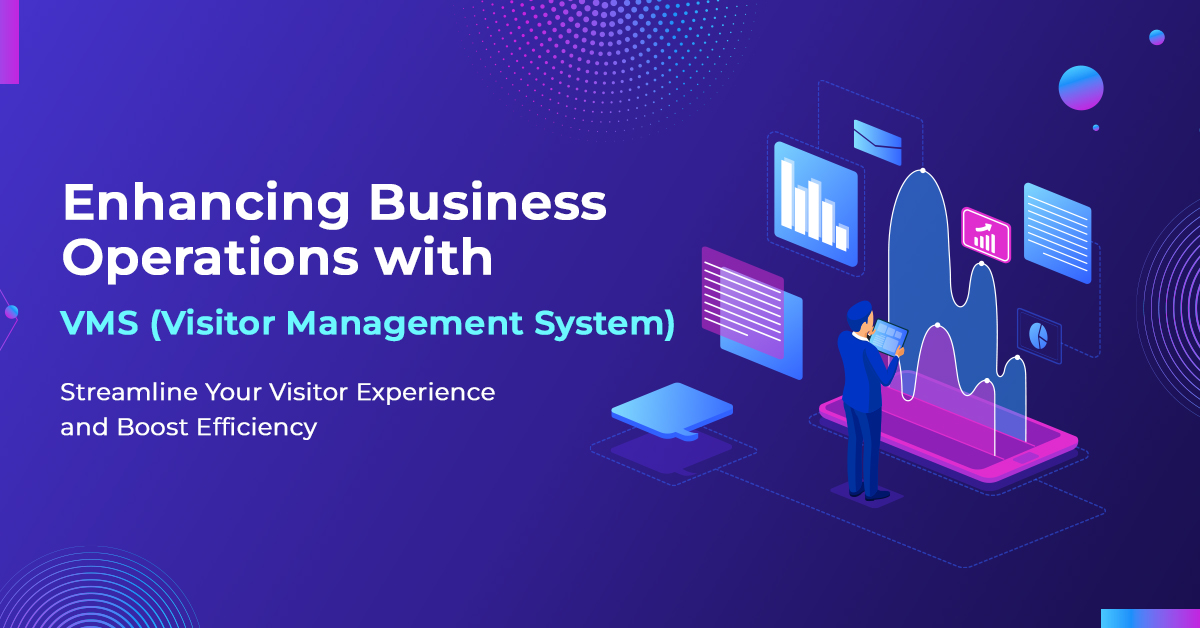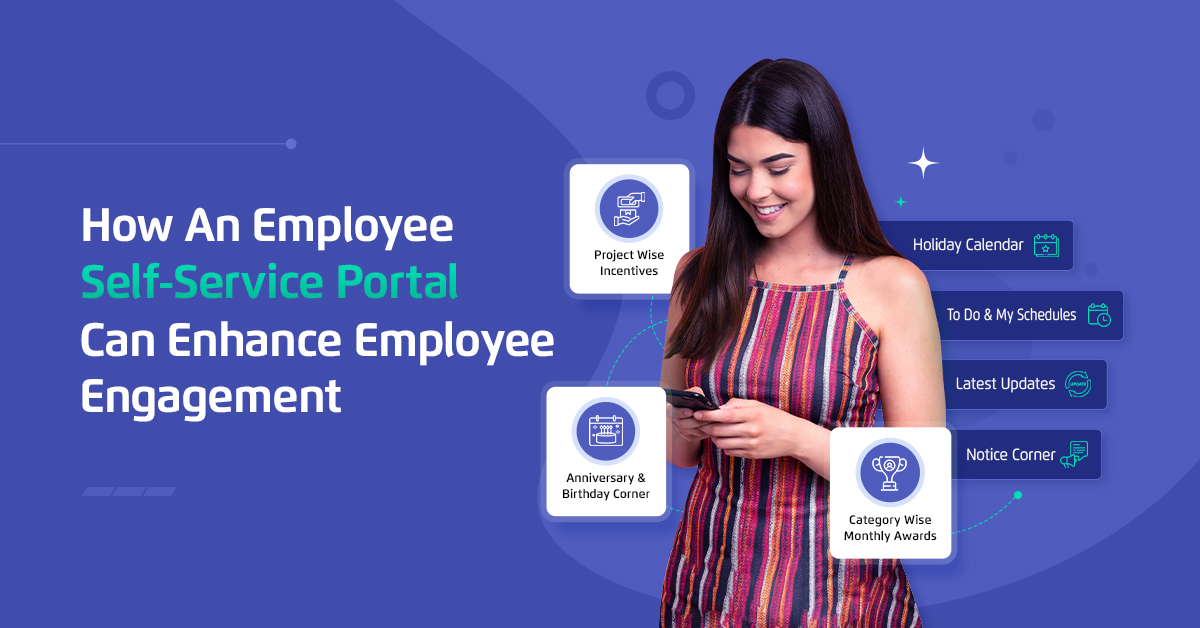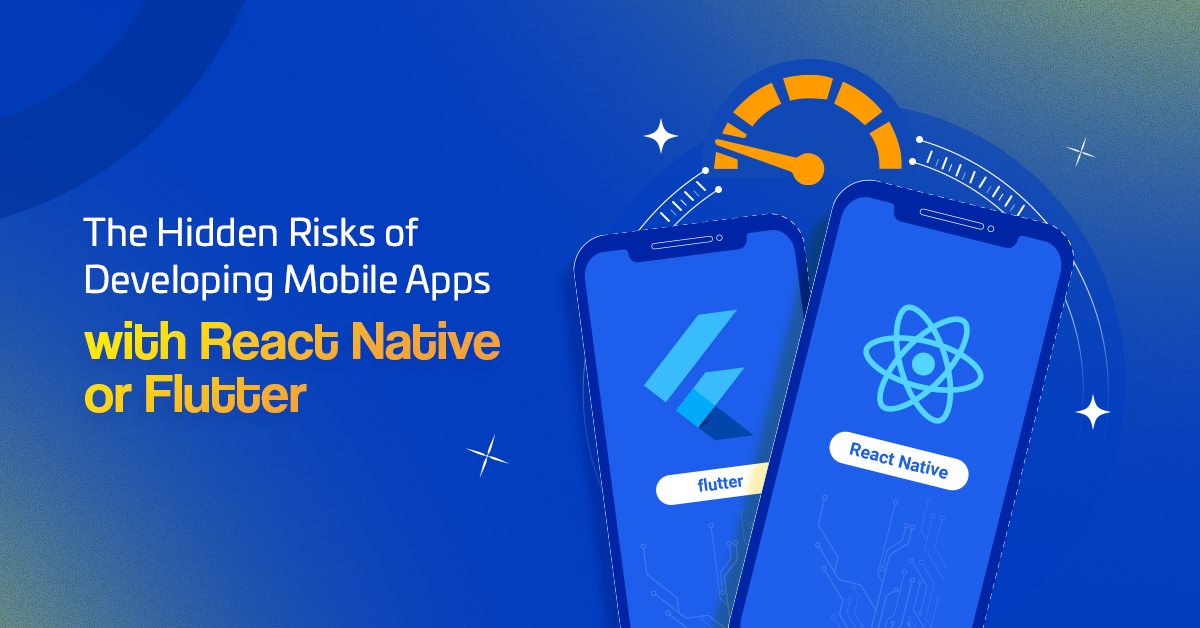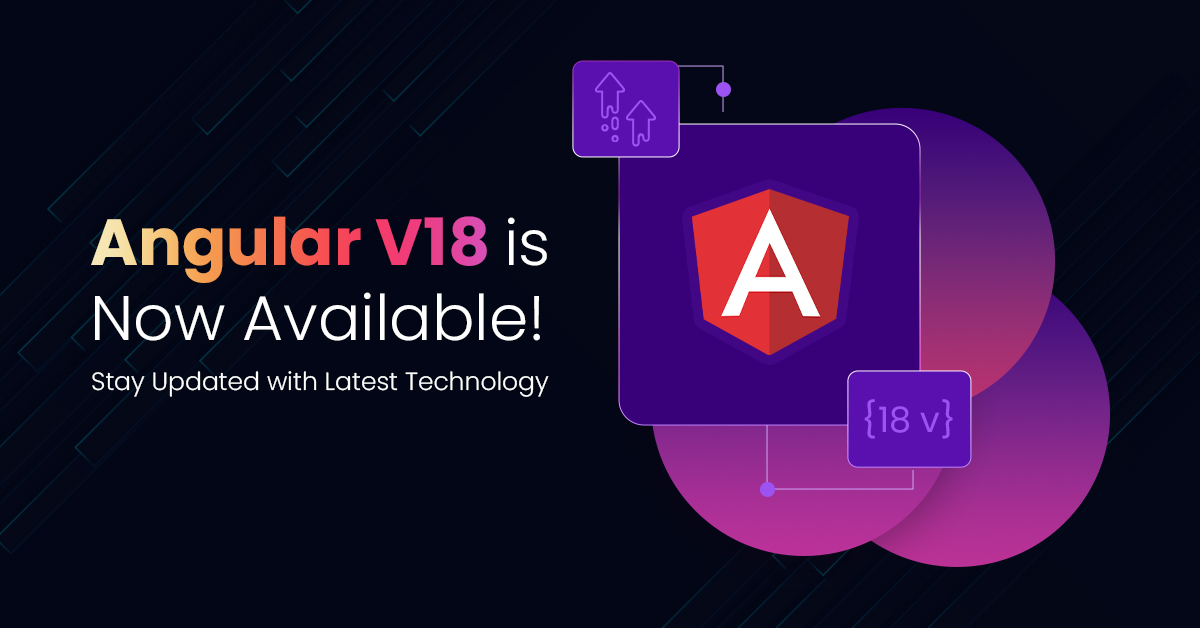
Today we are excited to share the next milestone in the evolution of Angular! Over the past three releases we’ve introduced a lot of new features and improvements. This time we focused on polishing the work we shipped by graduating many of the new APIs to stable, addressing common developer requests, and experimentally releasing one of the most desired roadmap projects: zoneless change detection.
The highlights of this release include:
- Experimental support for zoneless change detection
- Angular.dev is now the new home for Angular developers
- Material 3, deferrable views, built-in control flow are now stable and incorporate a series of improvements
- Server-side rendering improvements such as i18n hydration support, better debugging, hydration support in Angular Material, and event replay powered by the same library as Google Search.
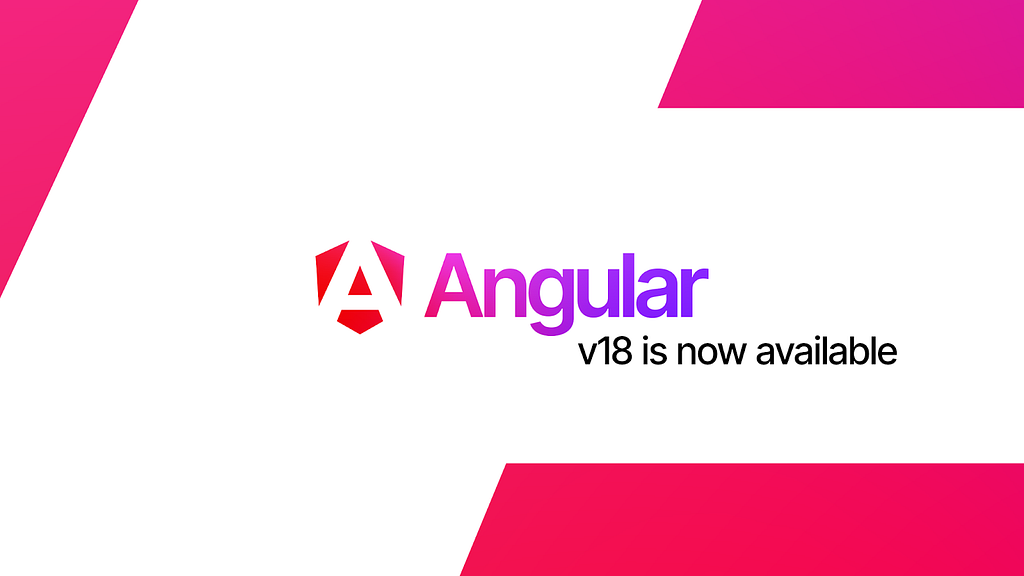
Evolving change detection
Historically, a library called zone.js has been responsible for triggering Angular’s change detection. This library came with a number of developer experience and performance downsides. We’ve been working for several years towards a way of using Angular that doesn’t rely on zone.js, and we’re incredibly excited to share the first experimental APIs for zoneless!
You can try the experimental zoneless support in Angular starting today! Add provideExperimentalZonelessChangeDetection to your application bootstrap:
bootstrapApplication(App, {
providers: [
provideExperimentalZonelessChangeDetection()
]
});
After adding the provider, remove zone.js from your polyfills in angular.json.
Moving forward, zoneless opens many doors for developers:
- Improving composability for micro-frontends and interoperability with other frameworks
- Faster initial render and runtime
- Smaller bundle size and faster page loads
- More readable stack traces
- Simpler debugging
The best way to use zoneless in your components is with signals:
@Component({
...
template: `
<h1>Hello from {{ name() }}!</h1>
<button (click)="handleClick()">Go Zoneless</button>
`,
})
export class App {
protected name = signal('Angular');
handleClick() {
this.name.set('Zoneless Angular');
}
}
In the example above, clicking the button invokes the handleClick method, which updates the signal value and updates the UI. This works similarly to an application using zone.js, with few differences. With zone.js, Angular ran change detection any time application state might have changed. Without zones, Angular limits this checking to fewer triggers, such as signal updates. This change also includes a new scheduler with coalescing to avoid checking for changes multiple times consecutively.
When the user clicks on the button above, for example, Angular will run change detection only once thanks to the scheduler’s coalescing. Learn more zoneless in our documentation.
Updating to zoneless
Angular has been going through an exciting evolution lately and zoneless is a core part of it. While evolving the framework we’re making sure that all existing APIs continue to work as expected and there’s a good interoperability story with everything new that we introduce to Angular.
Zoneless is another example of our approach to interoperability. On top of that, we wanted to make sure that moving existing applications to zoneless is as simple as possible. If your components are compatible with Angular’s ChangeDetectionStrategy.OnPush change detection strategy, they should be mostly compatible with zoneless as well which will make their transition seamless!
Coalescing by default
Starting in v18, we’re using the same scheduler for zoneless apps and apps using zone.js with coalescing enabled. To reduce the number of change detection cycles in new zone.js apps, we’ve also enabled zone coalescing by default.
This behavior is enabled only for new applications because it can cause bugs in apps reliant on the previous change detection behavior. Coalescing reduces unnecessary change detection cycles and significantly improves performance for some applications.
To opt into event coalescing for existing projects, configure your NgZone provider in bootstrapApplicationbootstrapApplication:
bootstrapApplication(App, {
providers: [
provideZoneChangeDetection({ eventCoalescing: true })
]
});
Native await for zoneless apps
Zone.js intercepts many browser calls to plug Angular’s change detection in. Unfortunately, async/await is one of the APIs that zone.js can’t monkey patch and therefore we need to downlevel it to promises via the Angular CLI. That’s suboptimal because all modern browsers support async/await which are more expressive than promises and optimized by the JavaScript runtime.
Today, if you create an app that uses the experimental zoneless change detection Angular CLI will use the native async/await without downleveling it to promises. This will improve debugging and make your bundles smaller.
Components support zoneless
We enabled zoneless support in the Angular CDK and Angular Material. This also helped us to discover and polish some of the rough edges with the zoneless model.
New home for Angular developers
Over the past 18 months we worked hard on angular.dev to deliver an intuitive, hands-on getting started journey and improved in-depth guides. Today, we’re glad to announce that angular.dev is the official documentation website for Angular!
On top of the new, modern look and feel you can find an interactive hands-on tutorial based on WebContainers, interactive playground with examples, improved search powered by Algolia, refreshed guides, simplified navigation, and much more!
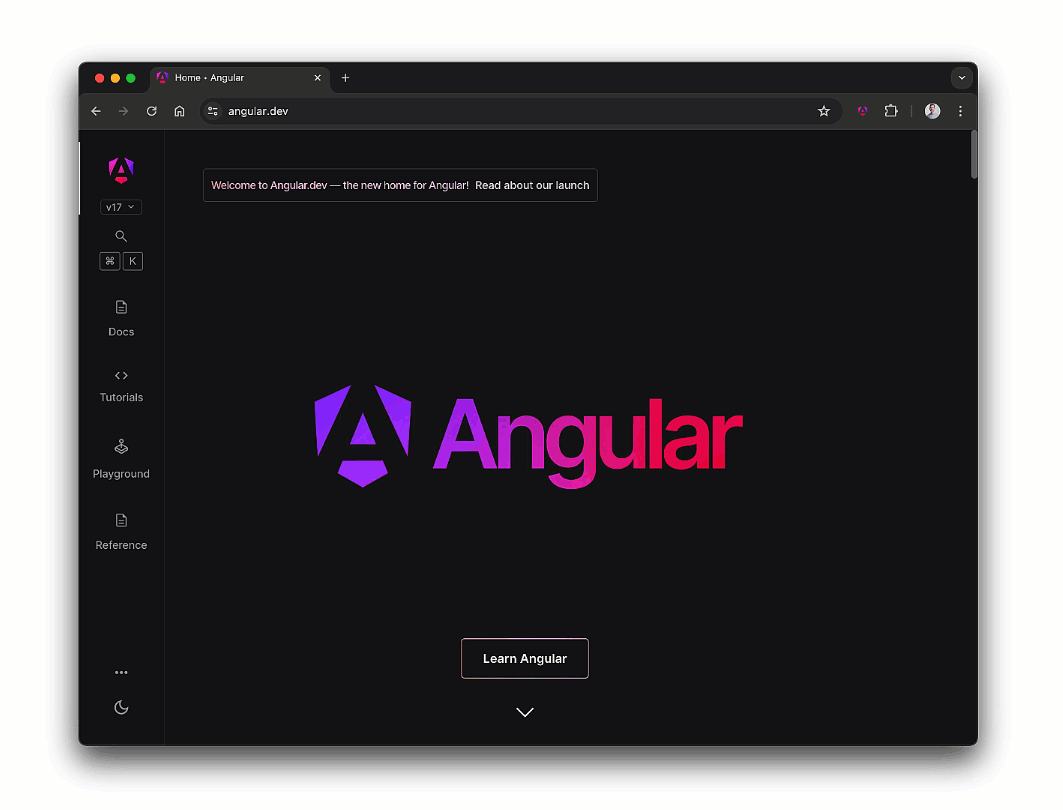
All requests to angular.io now automatically redirect to angular.dev. To make sure all existing links continue to work, we’re forwarding developers to v17.angular.io.
Go to angular.dev to check it out!
Material 3 is now stable!
A couple of months ago, we introduced experimental support for Material 3. After addressing developers’ feedback and polishing our Material 3 components, we’re excited to graduate them to stable!
Together with this, we also refreshed material.angular.io with the new Material 3 themes and documentation.
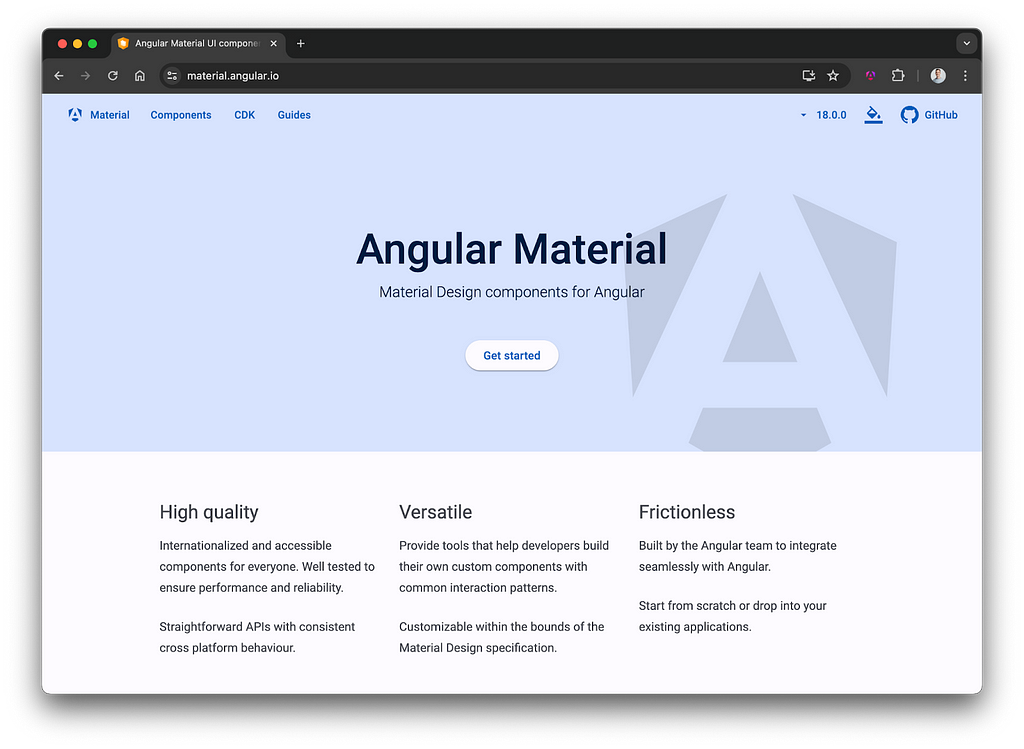
You can find how to use Angular Material 3 in your app today in our guide!
Signal APIs in developer preview
In Angular versions 17.1 and 17.2 we announced the new signal inputs, signal-based queries, and a new output syntax.
Find how to use the APIs in our signals guide. Over the next months we’ll continue iterating over the implementation based on your feedback until we graduate them to stable.
Deferrable views are now stable
Over the past six months, we’ve heard a lot of excitement about deferrable views and how they enable developers to effortlessly improve their apps’ Core Web Vitals. For example, Bill.com shared that by using @defer they reduced the bundle size of one of their apps with 50%. Today, deferrable views are now stable! You can use them in your applications and libraries.
Built-in control flow is now stable
Together with deferrable views, in v17 we also announced the new, built-in control flow with improved performance. We’ve seen significant adoption of this new syntax and, after addressing community feedback, we’re happy to announce this API as stable!
During the preview, we further improved the control flow’s type checking, enabled more ergonomic implicit variable aliasing, and set guardrails for certain performance-related anti-patterns.
Improvements in server-side rendering
About a year ago we introduced hydration and graduated it to stable in v17. Based on the public HTTPArchive dataset 76% of Angular v17 apps that use prerendering or server-side rendering are already using hydration.
There was one main blocker to get even more people to take advantage of hydration — lack of i18n support. After collaborating with the Chrome Aurora team, we’re excited to share that hydration for i18n blocks is available in developer preview mode in v18!
Event replay
Less than two months ago, we announced the long-term ongoing project that aims to converge Angular and Google’s internal framework Wiz. As a reminder, Angular and Wiz have been serving two different segments of apps in the past — Wiz was mostly used for consumer focused apps, hyper focused on performance and Angular has been focused on productivity and developer experience.
As a result of the convergence efforts, Wiz deeply integrated Angular Signals in their rendering model. At ng-conf we shared how YouTube is now using Angular Signals. In the same way, Angular is now bringing more and more performance centric features such as partial hydration that I’ll share more about in a little bit.
In both cases, we’re using your feature requests and other requirements as a motivation to converge essential features of both frameworks.
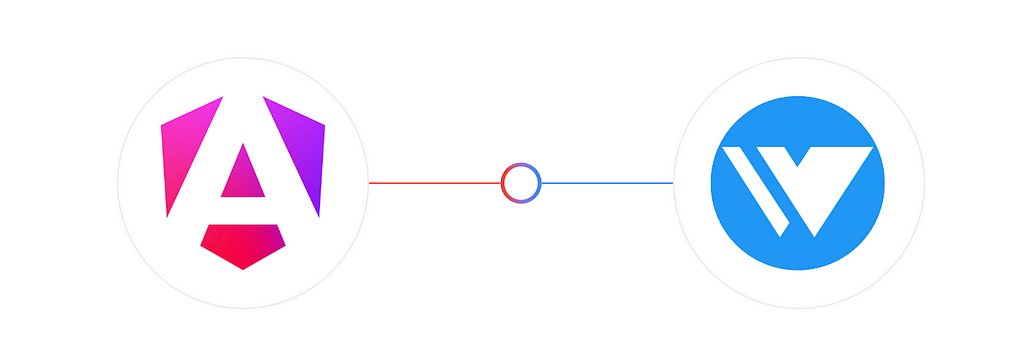
Today, we’re happy to share that one of the core libraries running on Google.com — event dispatch (previously known as jsaction), is now in the Angular monorepo. Starting from v18, event dispatch powers the event replay when using hybrid rendering.
Most developers will not interact with event dispatch directly, so let us look into why event replay is useful. Below you can find a mock of a simple ecommerce website. We’ve introduced artificial loading delays to simulate a very slow network connection. Imagine that while the page is loading and it has not been hydrated yet the user wants to add multiple headphones to their cart. If the page hasn’t been hydrated yet, and thus is not interactive, all the user events would be lost. Starting in v18 using event dispatch, Angular will start recording the user events. Once the application is hydrated, event dispatch replays them and we end up with six items in the cart.
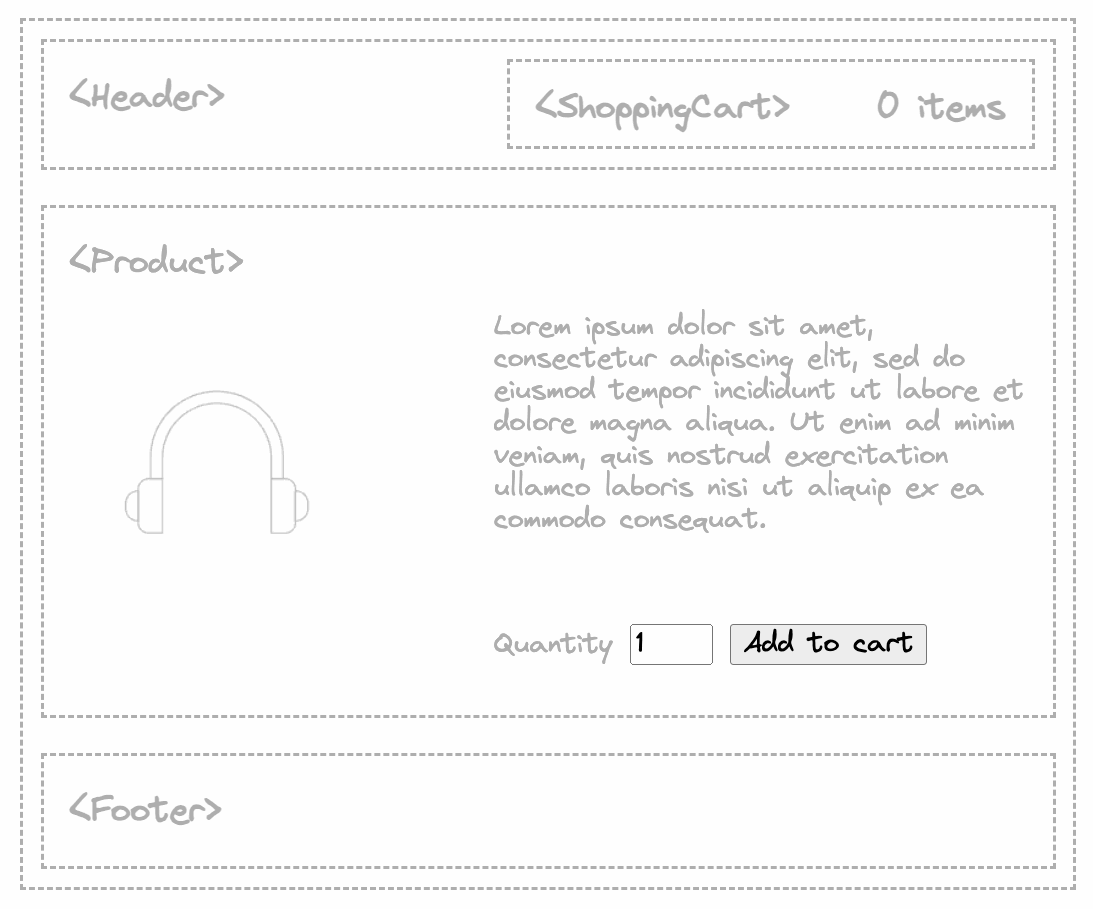
The event replay feature is available in v18 in developer preview. You can enable it using withEventReplay(), for example:
bootstrapApplication(App, {
providers: [
provideClientHydration(withEventReplay())
]
});
Improved debugging experience
We updated Angular DevTools to visualize Angular’s hydration process. Next to each component you can find an icon representing the component’s hydration status. To preview which components Angular hydrated on the page you can also enable an overlay mode. If your app has any hydration errors, Angular DevTools will visualize them in the component explorer.
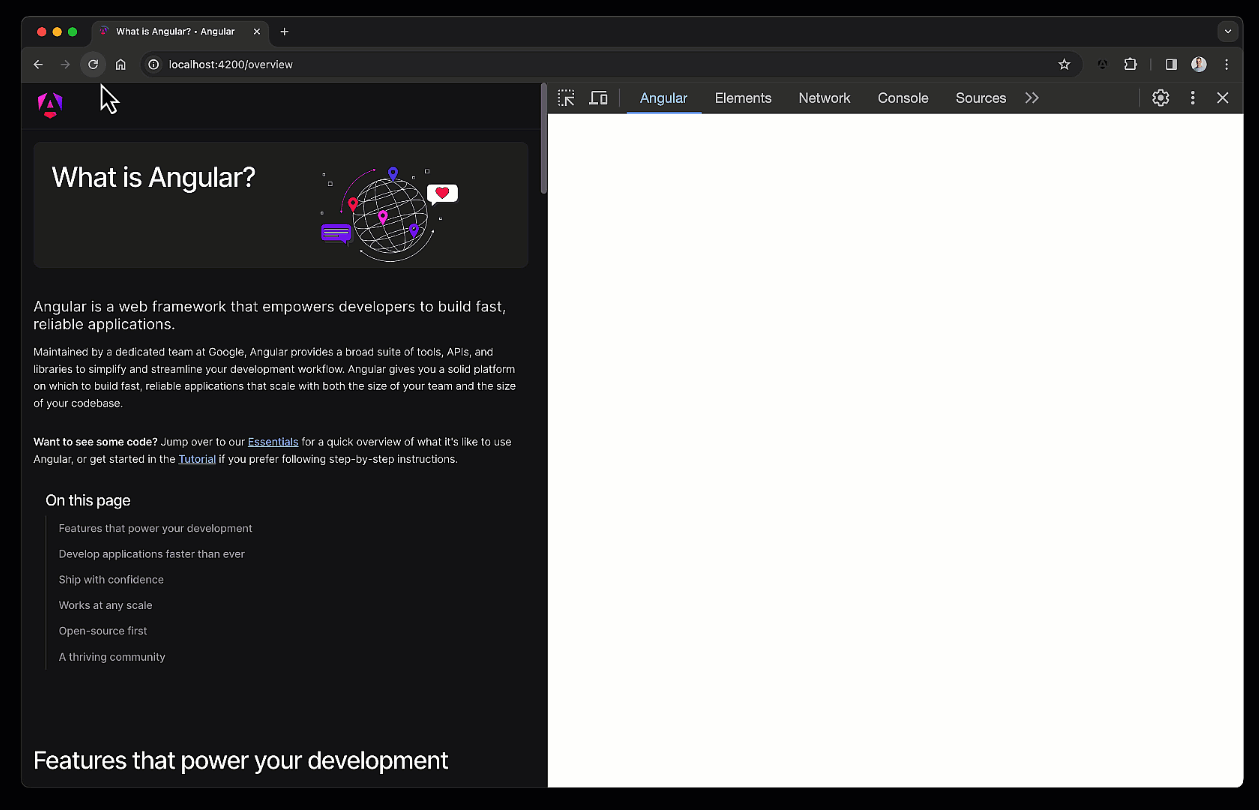
Big thanks to our community contributor Matthieu Riegler for adding this feature!
Hydration support in CDK and Material
In v17 some Angular Material and CDK components were opted-out of hydration, which caused their rerendering. Starting v18, all components and primitives are fully hydration compatible.
Our plans for partial hydration
We announced partial hydration at ng-conf and Google I/O. It’s a technique that allows you to hydrate your app incrementally after server-side rendering. Incremental hydration of your application enables loading less JavaScript upfront and improves your application’s performance.
Partial hydration builds on top of the same foundation as deferrable views. Instead of rendering the @placeholder block on the server as it happens today, you’ll be able to enable a mode where Angular will render the main content of the @defer block on the server. On the client, Angular will download the associated JavaScript and hydrate a deferred block only when the trigger conditions specified in a template are met. For example, here’s a hypothetical API:
@defer (render on server; on viewport) {
<app-calendar/>
}
The block above will render the calendar component on the server. Once it reaches the client, Angular will download the corresponding JavaScript and hydrate the calendar making it interactive only after it enters the viewport.
We’ve been actively prototyping partial hydration and we’re in a state in which it’s already usable with interactivity triggers. We’re currently working with partners evaluating the importance of data triggers, such as a component passing receiving properties or changing binding values.
If you’re building a performance critical application at scale and you’d like to join our early access program to shape the future of partial hydration, email us on devrel@angular.io.
Robust hosting for your apps with Firebase App Hosting
With the growing complexity of the web platform, the hosting of your application has a critical role when it comes down to performance, reliability, productivity, and scale. Apps using hybrid rendering have different hosting requirements for server-side rendering, prerendering, and client-side rendering. Managing this complexity manually could be cumbersome. Firebase App Hosting now handles all this transparently for developers!
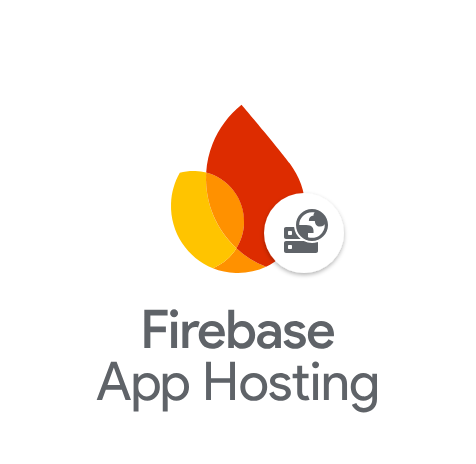
Firebase announced App Hosting at Google I/O this year. App Hosting streamlines the development and deployment of dynamic Angular applications, offering built-in framework support, GitHub integration, and integration with other Firebase products like Authentication, Cloud Firestore, and Vertex AI for Firebase.
We’ve been working with Firebase for a better part of a year now on ensuring smooth developer experience with Angular. Check their quickstart to get started with App Hosting today!
And there’s more…
Together with the large initiatives we’re moving forward, we always spend time addressing common developer needs. Here are some of the highlights from v18:
Specifying a fallback content for ng-content
One of the most upvoted issues we’ve had was specifying default content for ng-content. In v18 it is now available! Here’s a quick example:
@Component({
selector: 'app-profile',
template: `
<ng-content select=".greeting">Hello </ng-content>
<ng-content>Unknown user</ng-content>
`,
})
export class Profile {}
Now we can use the component:
<app-profile> <span class="greeting">Good morning </span> </app-profile>
Which will result in:
<span class="greeting">Good morning </span> Unknown user
Unified control state change events
FormControl, FormGroup and FormArray classes from Angular forms now expose a property called events, which allows you to subscribe to a stream of events for this form control. Using it you can track changes in value, touch state, pristine status, and the control status.
Now you can use:
const nameControl = new FormControl<string|null>('name', Validators.required);
nameControl.events.subscribe(event => {
// process the individual events
});
This feature request had over 440 thumbs up on GitHub. Thanks to our community contributor Matthieu Riegler who made it available to everyone!
Automating the migration to the application builder
In Angular v17 we announced “application builder” as stable and enabled it by default for new projects. Under the hood it uses Vite with esbuild to replace the previous webpack experience.
For the majority of apps, developers were able to update to the new build system by updating their angular.json. Over the past 6 months we collected more feedback from folks and polished the update experience to enable everyone to move to the new build experience and receive an edit/refresh boost.
You can find the tooling we developed to automate your update experience in our update guide.
Since webpack is not on the critical path of the new build system, we made the dependency on webpack optional, which allowed us to reduce the total number of dependencies for the Angular CLI by over 50%! This change will speed up your Angular CLI install time.
Route redirects as functions
To enable higher flexibility when dealing with redirects, in Angular v18 redirectTo now accepts a function which returns a string. For example, if you’d like to redirect to a route that depends on some runtime state you can implement a more complicated logic in a function:
const routes: Routes = [
{ path: "first-component", component: FirstComponent },
{
path: "old-user-page",
redirectTo: ({ queryParams }) => {
const errorHandler = inject(ErrorHandler);
const userIdParam = queryParams['userId'];
if (userIdParam !== undefined) {
return `/user/${userIdParam}`;
} else {
errorHandler.handleError(new Error('Attempted navigation to user page without user ID.'));
return `/not-found`;
}
},
},
{ path: "user/:userId", component: OtherComponent },
];
TypeScript 5.4
Last but not least, we updated the dependency on TypeScript letting you take advantage of all the latest TypeScript 5.4 features!
Community highlights
With the innovation happening in Angular we’ve also been seeing a ton of advancements in the community!
Popular state management libraries such as ngrx, ngxs, and rxAngular are already adopting Angular signals and enabling fine-grained reactivity in components.
Two months ago the Angular GDE, Brandon Roberts, released version 1.0 of Analog.js — a community driven meta framework for Angular. It provides some neat features such as file-based routing, API routes, first-class markdown support and more. The Analog.js team has been experimenting with a single-file component format that the community has been loving!
It has been also exciting to see popular libraries from other ecosystems building their Angular adapters. Chau Tran, Arnoud de Vries, and Corbin Crutchley shipped TanStack Store, TanStack Query, and TanStack Forms support for Angular!
We’re also thrilled we were part of so many Angular community conferences around the world and looking forward to what’s coming up later this year. Organizing a conference with hundreds of attendees and dozens of speakers is not an easy job, shout out to all who managed to make this hard task a reality this year including ng-conf, Angular Belgrade, ng-de, ng-be, NGPoland, ngRome, NG Kenya, ngIndia, Angular TLV! If we’ve missed any conferences, please share them in the comments.
In addition to this, we received contributions from over 290 people since v16! Thanks to everyone who helped make Angular better with code, issues, content, organizing a community, or helping in a way they found possible 🙏
Reflecting on our progress
As part of the Angular renaissance we delivered a lot over the past two years and there’s a lot of more innovation to come. In this section I wanted to take the opportunity to look at the present and celebrate where we are at.
While evolving Angular to a truly reactive framework with Signals and introducing advanced hybrid rendering features, we’ve been always staying true to our mission to enable developers to deliver web applications with confidence. We’re at a place where YouTube, the second biggest website in the world, uses Angular’s reactivity primitives and we’re teaming up as part of a larger working group to add Signals to the web platform.
We’re also working closely with the authors of tools such as Vite, Nx, Cypress, Puppeteer, Storybook, and many others to improve developer experience for everyone. At the same time we’re so fortunate to have a community of passionate developers, community organizers, authors, and speakers who push the boundaries of what’s possible with Angular.
Thank you all for being part of the Angular renaissance!
Angular v18 is now available! was originally published in Angular Blog on Medium, where people are continuing the conversation by highlighting and responding to this story.



